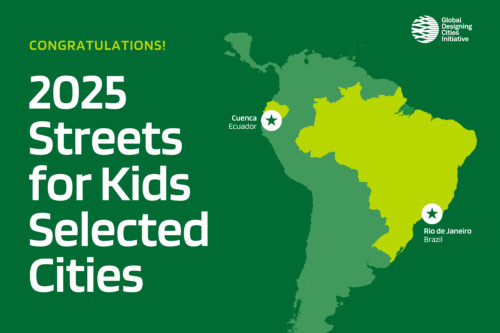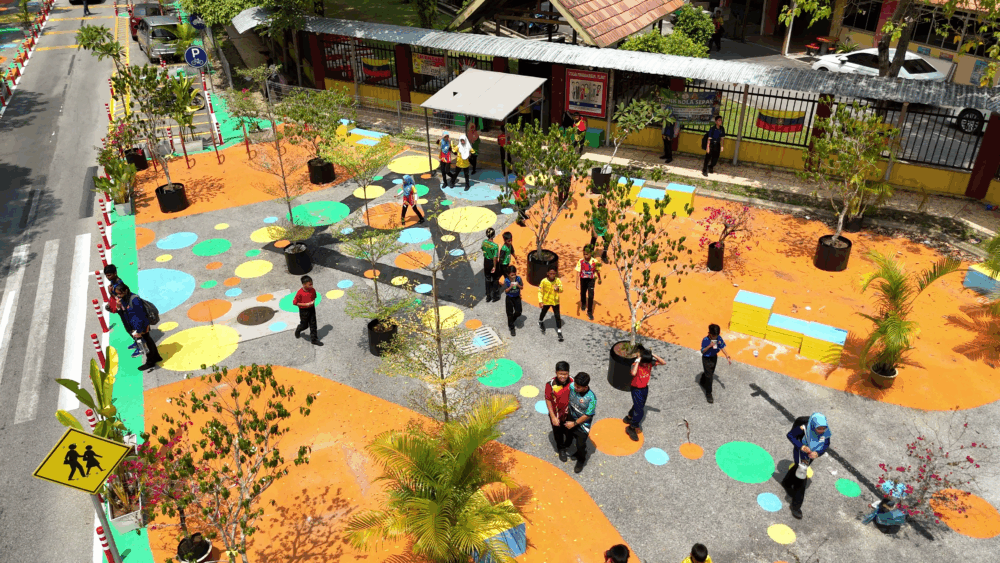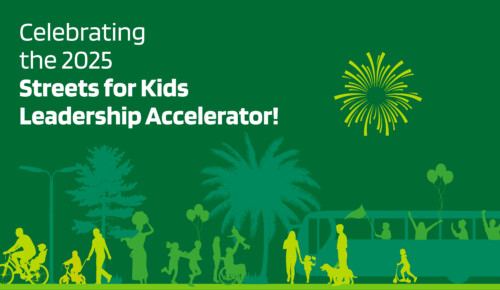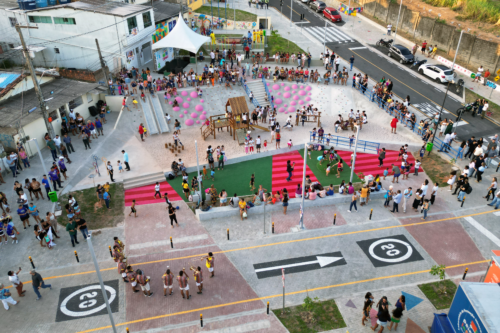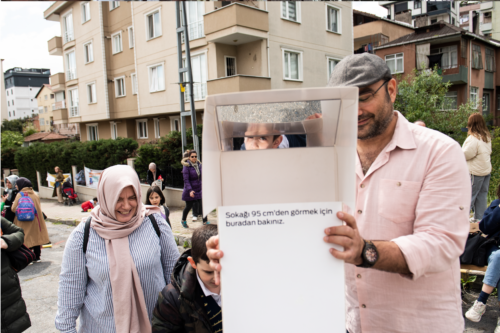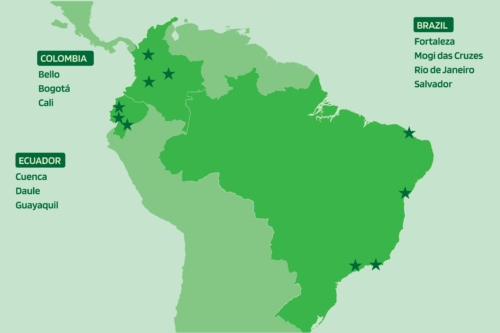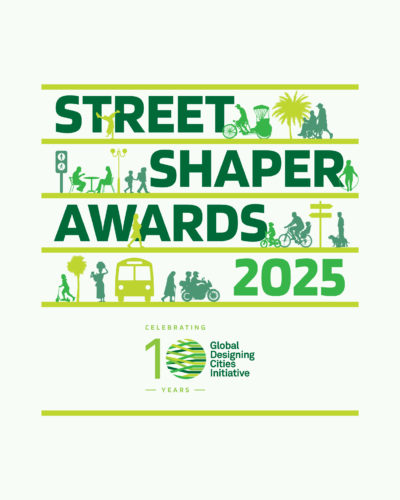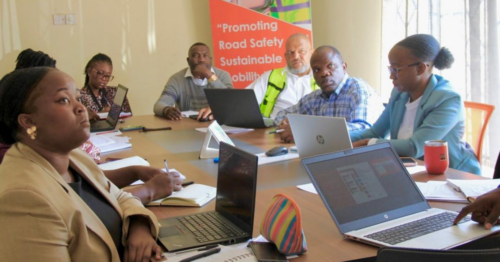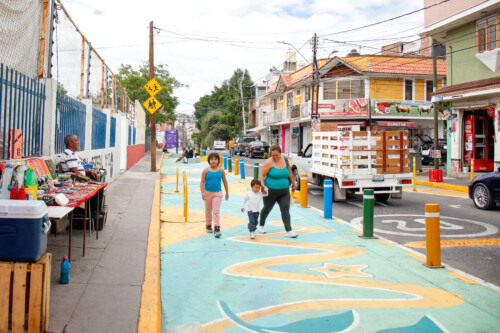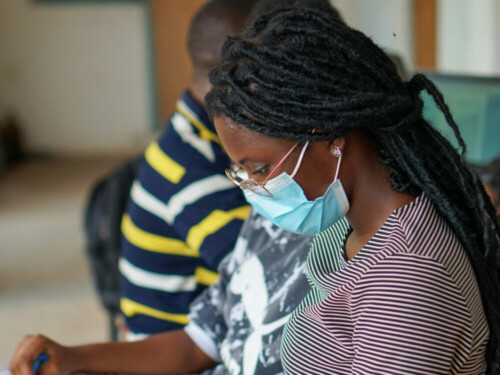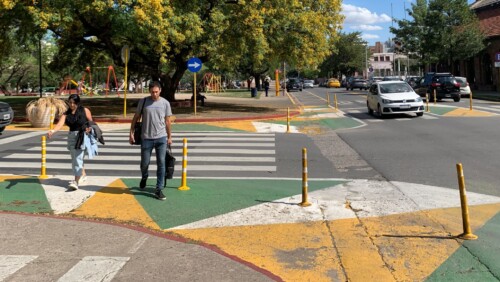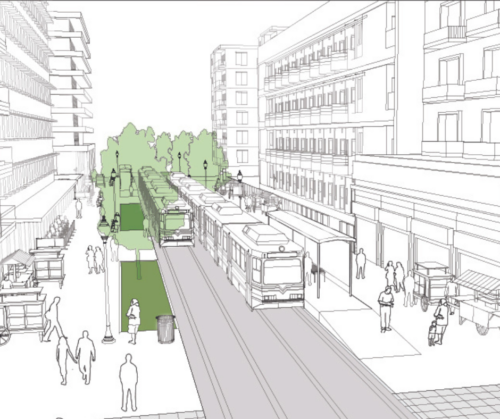August 11, 2025
Making Danau Kota School Streets Safer by Design
In the heart of Setapak, Kuala Lumpur, where speeding vehicles and pedestrian movement intertwine daily, SK Danau Kota 2 has become the focal point of a transformative initiative aimed to make school streets safer for students to walk and cycle. This project was backed by the Bloomberg Initiative for Global Road Safety (BIGRS), a program that has committed to address rising concerns over road traffic deaths and support road safety interventions in cities worldwide.
